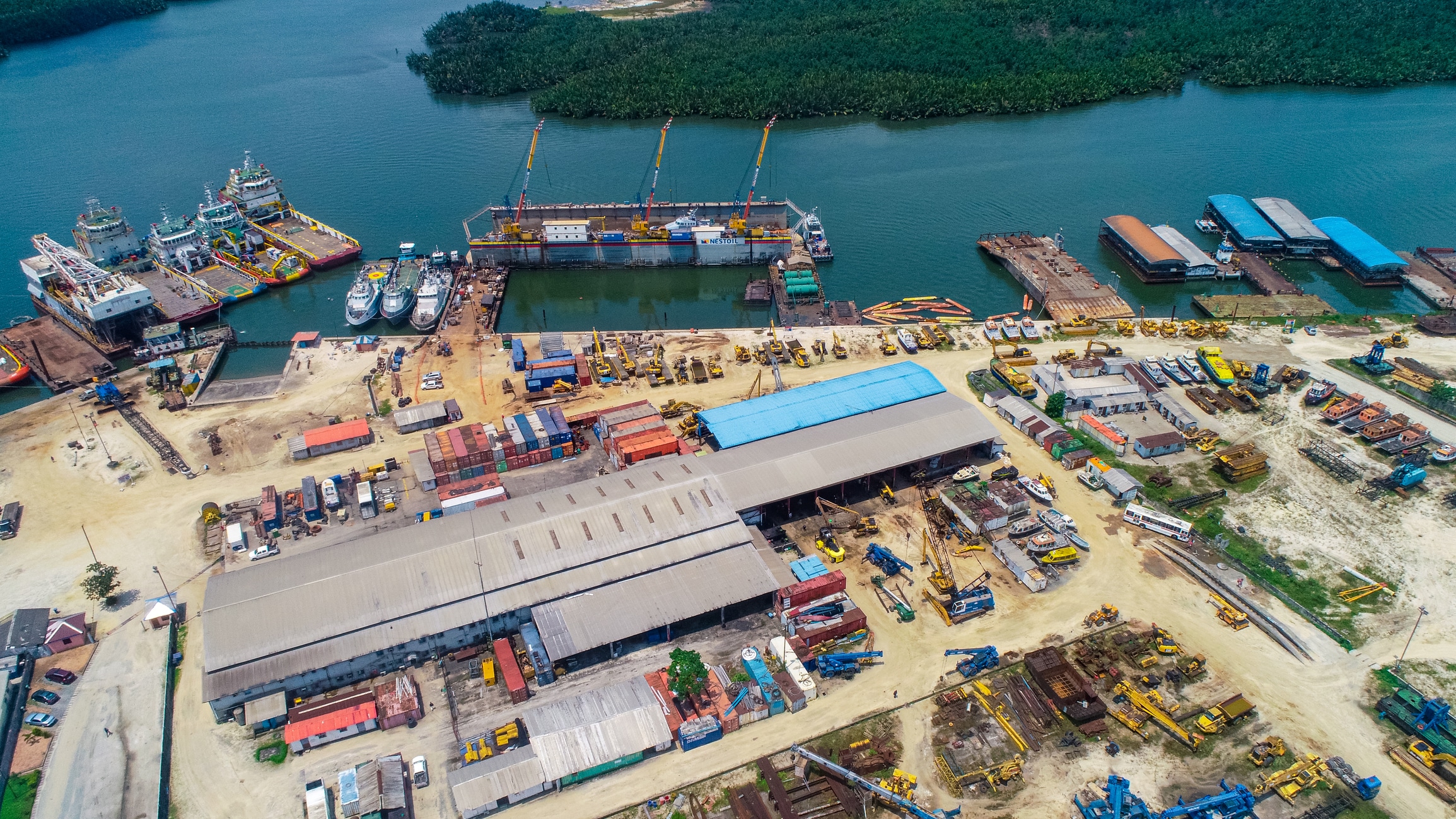The sector experienced a drop in value during the first half of the year. According to pre-shipment inspection agents’ reports, a total of 3.94 million metric tons of products worth $2.54 billion were exported from January to June, compared to $2.593 billion during the same period last year. This reflects a marginal decrease of 0.09% in export returns for the period under review.
The CEO of the Nigerian Export Promotion Council (NEPC), Ezra Yakusak, recently announced that the country’s non-oil export sector experienced a slight dip in value during the first half of 2023.
Yakusak highlights two significant factors that contributed to this decline.
“The reason for this slight decrease could be attributed to the 2023 general election that was held in February 2023 and subsequent transition to a new government, which might have largely affected economic activities,” he says.
“The second reason is the changes in global economic conditions, such as a slowdown in global demand or decline in productive prices, which may have negatively impacted non-oil export performance.”
In contrast to the recent dip, Nigeria’s non-oil export earnings in 2022 showed a remarkable performance. The country recorded earnings of $4.82 billion, marking an impressive increase of 39.91% compared to 2021.
The growth last year showcased the potential and resilience of the sector. It was a testament to the efforts made to diversify the economy and reduce its dependence on oil revenue. The country’s exports of agricultural products, solid minerals, and manufactured goods played a pivotal role in driving this positive trend.
According to the National Bureau of Statistics’ (NBS) report on Nigeria’s Gross Domestic Product (GDP) for the first quarter of the year, the economy grew by 2.31% in real terms, on a year-on-year basis. However, this growth rate represents a decline compared to the 3.11% recorded in the first quarter of 2022 and 3.52% in the fourth quarter. The slowdown is attributed to the adverse effects of a cash crunch experienced during the quarter.
During the first quarter, the services sector played a pivotal role in driving economic expansion, recording a growth rate of 4.35% and contributing 57.29% to overall GDP. In contrast, the agriculture sector experienced a contraction of -0.90%, which is in contrast to the growth of 3.16% recorded in the first quarter of the previous year. The decline was primarily due to lower livestock production and the lingering impact of severe floods experienced in the third quarter of 2022.
The industry sector’s performance improved slightly to 0.31% growth compared to the steep decline of -6.81% in the same quarter of last year. Despite the slight improvements in the industry sector, both
agriculture and industry contributed less to the aggregate GDP in the first quarter of the year compared to the corresponding period last year.
Some specific sectors were instrumental to the growth observed in the first quarter. Solid minerals recorded a substantial growth of 37.71%, indicating a significant improvement compared to the previous quarter’s 22.04% growth rate. Meanwhile, the services sector, while still a significant driver, experienced a lower growth rate of 4.35% compared to the 5.69% recorded in the last quarter of 2022.
The construction sector also contributed to the economic expansion, recording a growth rate of 3.27%, albeit a moderation from the 3.80% growth rate in the previous quarter. Similarly, the manufacturing sector continued its positive trajectory, but the growth rate slowed from 2.83% in the last quarter of the previous year.
Despite the challenges faced by certain sectors, the services sector’s robust performance contributed significantly to sustaining overall economic growth in the first quarter of the year. However, attention and targeted interventions may be required to address the setbacks experienced in other critical sectors such as agriculture and manufacturing, to ensure a more balanced and resilient economic expansion in the coming quarters.
